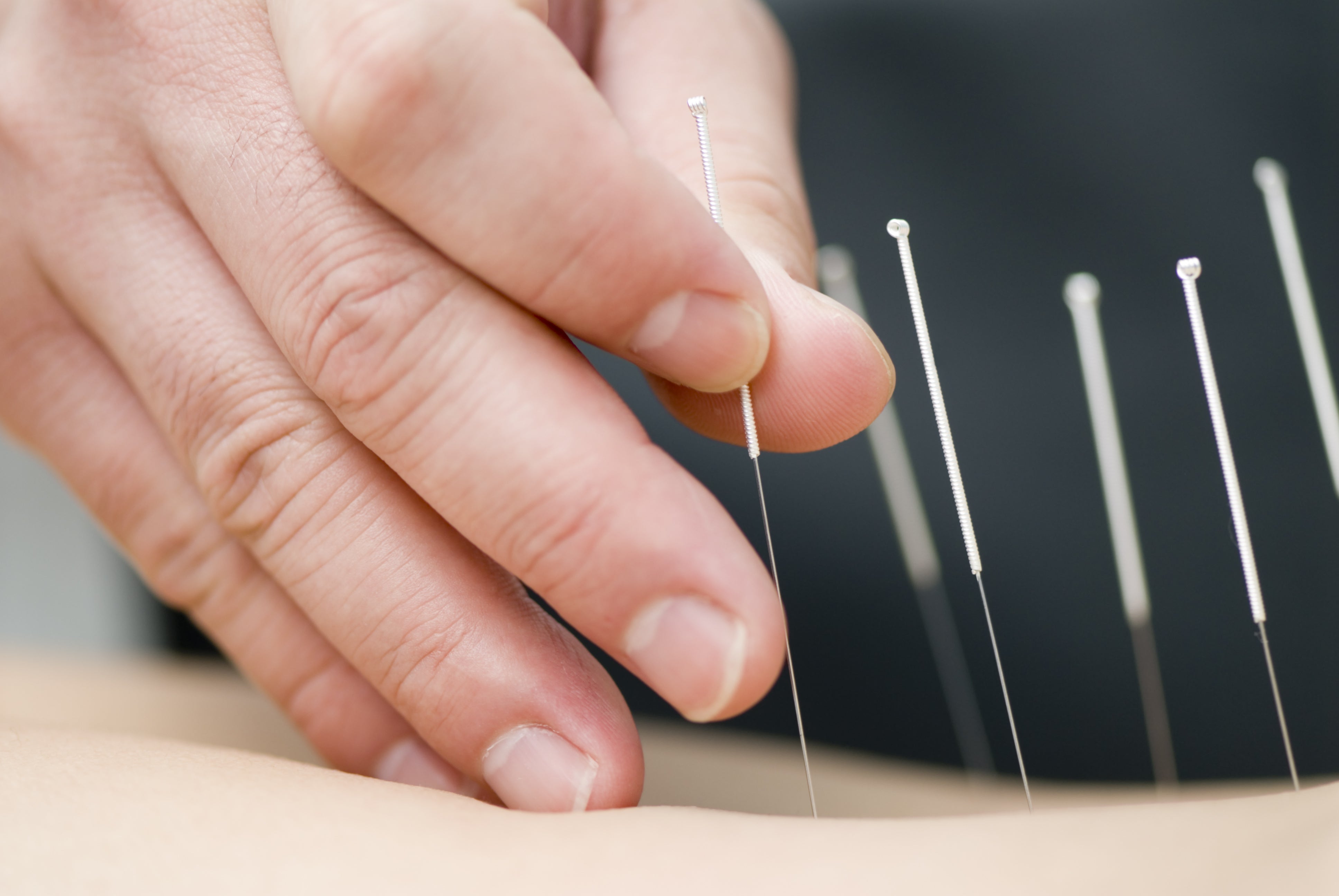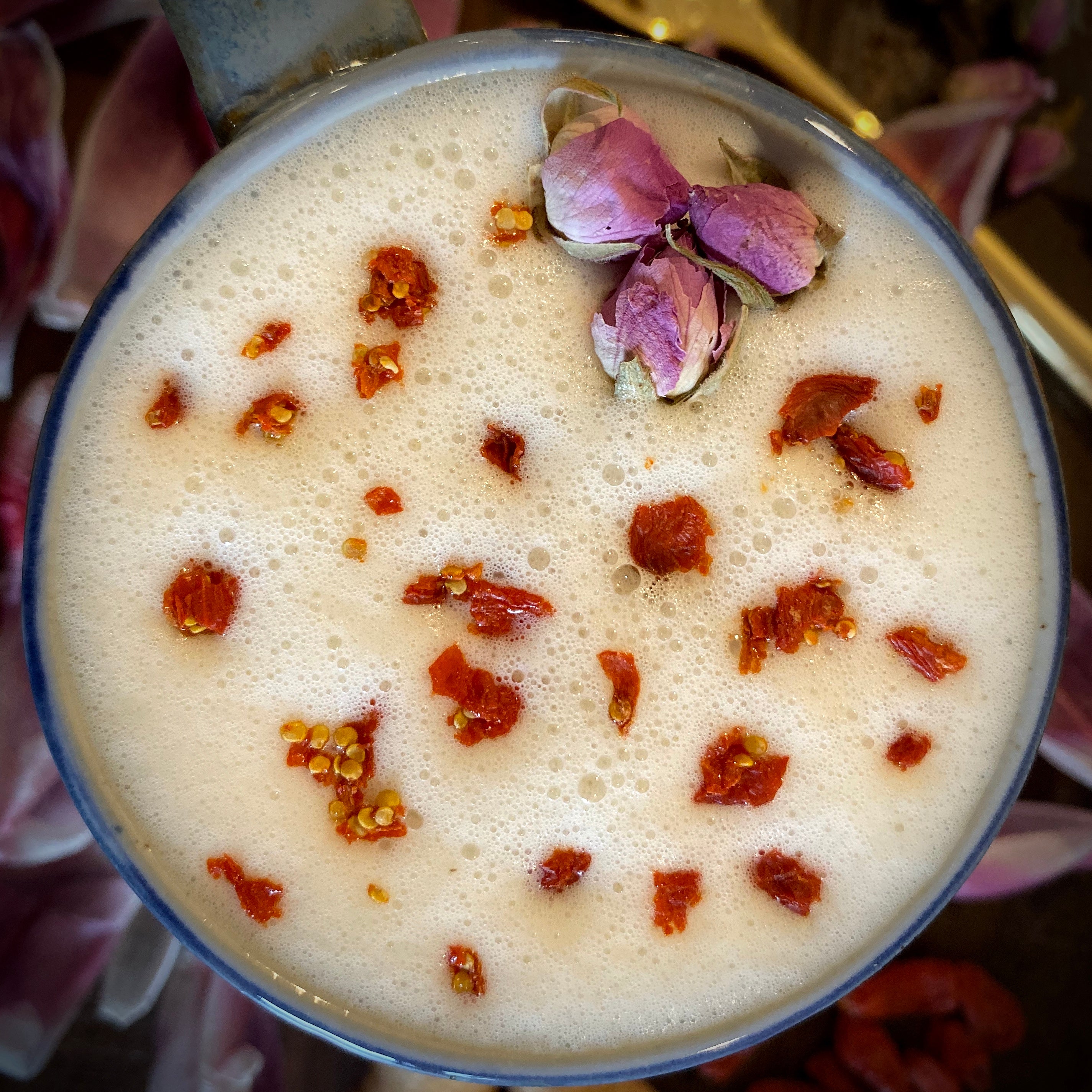July 14, 2016

Acupuncture is the insertion of tiny needles into specific anatomic sites on the body in order to facilitate a biochemical response (1). It is thought to have originated in China 3,000 - 4,000 years ago and falls under the umbrella term of Chinese Medicine. Chinese medicine is an intricate health system aimed at bringing the body into homeostasis. It includes the use of acupuncture, herbs, bodywork, cupping, as well as dietary and lifestyle therapies to stimulate the body's natural healing mechanisms.
Since acupuncture stimulates biochemical responses in the body it can be used to treat a wide variety of conditions. Here is a list of the conditions that the World Health Organization and the National Institute of Health say acupuncture is suitable for:
Pain: migraine headache, fibromyalgia, chronic fatigue, injury, back and neck pain, arthritis, sciatica, nerve pain, facial neuralgia, knee pain, shoulder pain
Mental Health: depression, grief, stress management, anxiety
Women's Health: menstrual irregularities, PMS, painful cramps, menopause, infertility, morning sickness
Digestion: IBS, ulcerative colitis, Crohn's disease, constipation, diarrhea, ulcers
Addiction: cigarette smoking, alcoholism, drug abuse
Respiratory: allergies, common cold, flu, asthma
Hormones: hypothyroidism, hyperthyroidism, weight changes, diabetes
Circulatory: hypertension, hypotension, stroke, irregular heart beat
Side Effects of Chemotherapy: nausea, vomiting
Some patients report that they occasionally experience a slight prick at the time the needle is inserted. Keep in mind that the needles used in acupuncture are ultra fine and coated at the tip to make insertion painless. It is common to experience a dull ache, numbness, tingling or a feeling of warmth at the insertion site during the treatment. All these sensations are normal and are a good sign the healing process has begun.
By law, acupuncturists in the state of California must use sterile, stainless steel, non-toxic, disposable needles. This means the needles are not used more than one time are are disposed of after each use. This practice helps to keep the infection rate low and practically eliminates the spread of disease. A licensed acupuncturist knows the human body well. Before becoming licensed in the state of California, an acupuncture student must undergo 4 years of intensive education and training program before being allowed to sit for the state licensing exam. The education consists of 3,000 hours of instruction and 1,000 clinic hours. Once licensed, an acupuncturist must complete 50 hours of continuing education every 2 years in order to keep their license current.
Acupuncture is endorsed by both the National Institutes of Health and the World Health Organization as being a safe and effective procedure. Millions of users around the globe report improvements in their health after receiving acupuncture. Acupuncture works!
A few things to consider when asking this question:
All of the above points have made it extremely difficult to conduct good and reliable studies.
But don't get discouraged before you try acupuncture because none of this proves that acupuncture doesn't work. The science of how acupuncture works is constantly being discovered and evolving. The current understanding is that acupuncture helps the body heal by relieving pain, reducing inflammation and bringing the body closer to homeostasis.
The sensation of the needle prick on the skin stimulates the nervous system to send signals to the brain. This in turn causes the brain to release chemicals such as adenosine, endorphins, norepinephrine, and enkephalin throughout the body (1, 2). The needle prick also stimulates anti-inflammatory cells such as M2 macrophages to to reduce pain and swelling by releasing IL-10 (interleukin-10). IL-10 is an anti-inflammatory cytokine which functions in immune response (1). All of this together significantly reduces pain and inflammation.
As a new patient, the first thing you need to do is download the New Patient Forms, fill out, sign, and bring them with you to your first appointment. During the appointment, Dawna will ask you a series of questions and perform diagnostic procedures and tests that will help lead to a diagnosis. Once this is done, Dawna will explain the nature of your condition and discuss a treatment plan with you. Needles will then be inserted into specific areas of the body and left in place for approximately 30 minutes. While the needles are in it is best to lay still to avoid any unnecessary pain from needles shifting from the movement. If necessary, herbs, massage, cupping, or other modalities may be used to augment the healing process.
References
December 21, 2019 0 Comments
With a vast drop in temperature, darker skies and rainy days, winter is the most yin of all the seasons. It is associated with the kidney and bladder organs, the color black, the element water, the emotion fear, and salty and bitter flavors.
December 06, 2019 0 Comments

Goji berries are one of the most well known Chinese herbs in the US. Used for over 2000 years in China, they were first mentioned in the Shen Nong Ben Cao Jing, the oldest known book on Chinese herbs in 200 BC. They are prized for their ability to tonify blood and yin without causing stagnation. Consumed daily in China as a food and herbal medicine, goji berries are revered for their anti-aging properties. They are used in many beauty tonics.